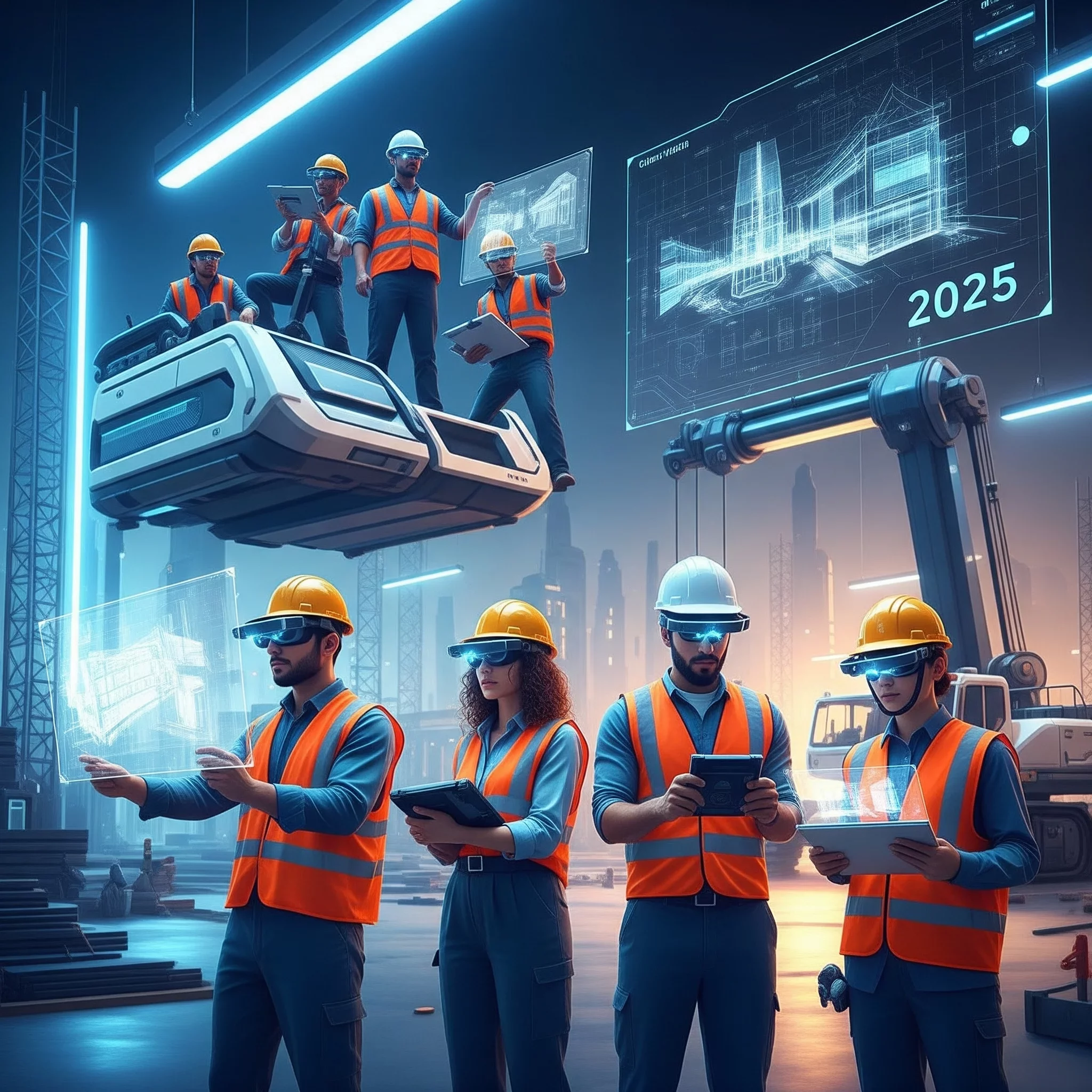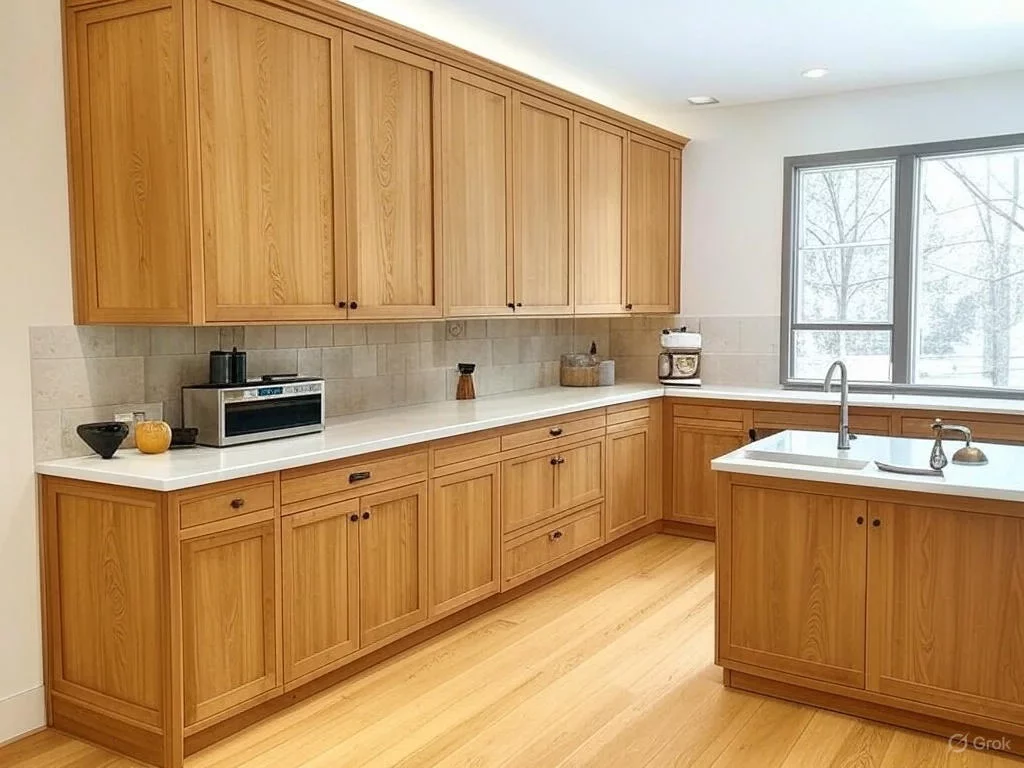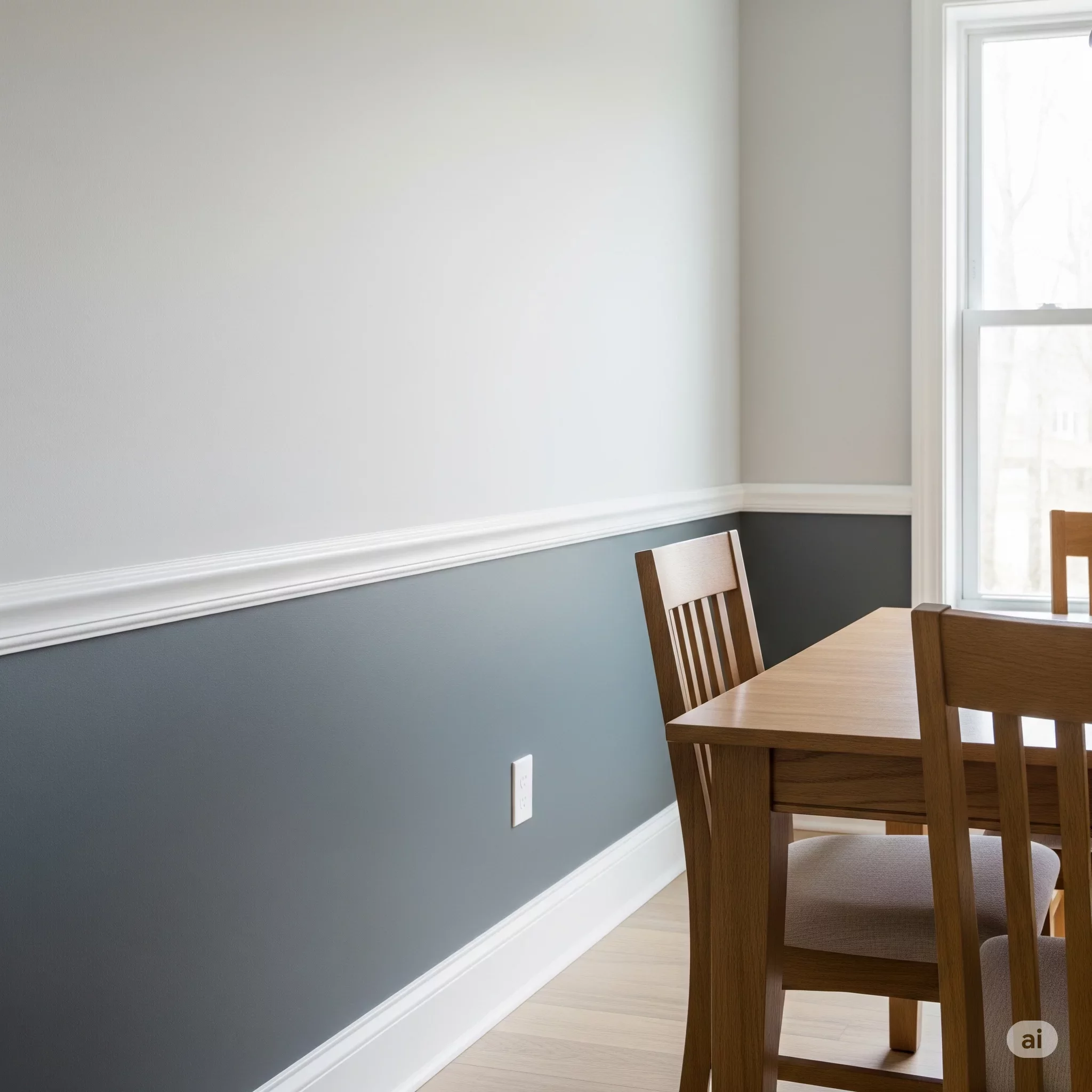How AI and Modern Design Software Are Transforming the Commercial Construction Industry in 2025

The year is 2025, and commercial construction is going through a massive transformation thanks to the melding of AI and today’s design software. For commercial construction contractors, and in particular those in real estate and construction tech startups, staying ahead means adopting tools that supercharge design, project management, safety and sustainability.
AI technology from generative design to digital twins is helping automate difficult processes, such as cost estimation, blue-print analysis and schedulings, freeing commercial construction contractor to focus on higher-value work. Groundbreaking startups, such as Bild AI (which leverages AI to read blueprint plans and estimate materials and costs), are lending a hand in driving down pre-construction errors and budgets – and even affordability in housing and commercial projects.
In the meantime, tools like Trunk have AI assistants (think “ChatGPT for construction”) that turns unstructured blueprints and schedules into interactive workflows, transforming the way contractors operate day to day.
AI/ BIM/ IoT/ AR Cloud constructionervationCompleting your building lifecycleCloud-based Building Information Modeling (BIM) augmented with AI, IoT, and augmented reality (AR), transforming design and construction lifecycle. Real-time data, immersive visualization, backed-by-data forecasts, are all table stakes now.
This article guides thoughtful startup founders and real estate innovators through five impactful ways these technologies are re-shaping the industry; presented as a form of clear, sweet and simple, stand-alone section of about 200-250 words friendly walkthrough, and continued by practical sub-sections like “How to Apply,” “Benefits” and “Tools”, so each idea is easy to act on.

1. Smart Pre-Construction with AI-Powered Blueprint Analysis
AI reads blueprints, adds up materials and estimates costs more quickly and accurately than manual methods these days.
Start-ups like Bild AI are also changing how estimate works, using computer vision to scan blueprints, estimate quantity and forecast cost — reducing errors and speeding up planning. This is important since minute variances in estimate can significantly affect a
profit margins and project schedules. It cuts through the fog of bidding and makes smart early-stage decisions on complex sites.
How to Apply
Trial AI-enabled estimating systems on live projects to get real feedback
Incorporate these tools into pre-construction processes – Door Installation them with estimators for hybrid accuracy
Train teams on a quarterly basis to compare AI and human estimation and to adjust workstreams.
Benefits
Quicker measuring and less human error
Pre Construction costs are down – may be able to get better bids
Scaleable for the contractors with lots of projects.NotNil
Tools & Examples
Bild AI Details for reading blueprint cost and checking compliance.
2. Conversational Project Management with AI Assistants
It’s not just about planning anymore, you can now discuss your project data via conversation in real time.
Trunk Tools is an AI assistant built like “ChatGPT for construction sites.” It arranges jumbled project details — schedules, drawings, logs — into actionable workflows. You can also inquire, “Why are we delaying on phase 2?” or “Flag any risk of noncompliance,” and receive an immediate, accurate response. For a kitchen remodeling contractor, this is less time spent looking for updates and more time making decisions.
How to Apply
Ask AI assistants for project related information via chat
Personalize responses with scheduling, pricing, and compliance details
Train field teams to be touch-free using voice command or mobile applications
Benefits
Saves lot of time searching project inforamtion.
Supports on-the-fly, informed decision-making
Transforms raw data into actionable insights without any special skills.
Tools & Examples
About Trunk Tools Trunk Tools enforces structure upon unstructured project data, complementing it with AI based structured workflows to automate and make project management easy and efficient.
3. Integrated AI-Cloud-BIM Platforms for End-to-End Construction Workflows
Picture design and planning and procurement and schedule all speaking a common language — and adjusting as you go.
Platforms are developing where cost estimation, scheduling, procurement, file management and CRM are best remodeling contractor in pennsylvania into one solution – complete with AI insights on the fly. Cloud-First BIM Integration: Empower construction teams to leverage a single source of truth, in which changes in the design subsequently auto-update estimates, timelines and materials plans. This tight-knit relationship aids the end-user in not needing to key duplicate data in each time, and it provides a shared clarity among teams for greater efficiency and minimizing errors.
How to Apply
Opt for integrated platforms instead of fragmented tools on new initiatives
Set up a workflow that saves you time with auto-sync estimates to procurement and scheduling
Leverage real-time dashboards with AI-driven alerts to overruns or delays in costs
Benefits
Less manual work, fewer errors
Smooth transition from design through construction to procurement
Dynamic corrections and visibility through complete the project cycle
Tools & Examples
All-in-one solutions such as Archdesk and Autodesk Construction Cloud that are increasingly incorporating the power of AI and automation.

4. Immersive Visualization with BIM-Driven AR/VR and Digital Twins
You can wander inside your building, by walking through it before breaking ground — or running simulations of how it will function.
Maneuvrable: those AR and VR assisted BIM allow stakeholders to explore, tweak, and visualize structures before they’re built, spotting any issues in the process and saving time and cost. Digital twins mirror a real-time site operation and combine IoT data to monitor a building so it can predict when maintenance is required. For top general contractors in pennsylvania, they minimize the pull of surprises, clarify with stakeholders and proactively resolve issues.
How to Apply
Use VR to present walkthroughs of the projects proposed in client pitches
If possible, use AR on-site to project plans over real-world locations
Create and run a digital twin for early verification of structural or environmental performance characteristics
Benefits
Hands on visualization for better decisions
First Error detection prior deviations at the situs
Enhanced client trust and communication
Tools & Examples
BIM + AR/VR applied for immerisive design and QA.
IoT-enabled manufacturing with digital twins for the real-time optimization.
5. Robotics, Automation, and AI-Driven Equipment for Precision and Scale
Let robots build with bricks, drones survey sites and smart machines streamline workflows — at human-like precision.
Home addition contractors robotics is taking on repetitive or dangerous tasks. Robots that lay bricks, such as Fastbrick Robotics, whose Hadrian X can lay commercial buildings, faster and with greater precision. Plus, manufacturing building components like timber-frame panels is getting easier and faster through the use of robotics, which require less skilled labor. Drones driven by artificial intelligence oversee safety and progress; robotics manage on-site assembly, improving quality and limiting risk.
How to Apply
Trial robot bricklayers on highly repeated or massive walling areas
Cooperate with offsite facilities to make use of prefabrication methods advanced by AI
Leverage drones to monitor site conditions and progress at any time
Benefits
Faster builds and high precision
Fewer manual high-risk tasks on safer sites
Savings in labor and conformity between structures
Tools & Examples
Hadrian X robot to erect bricks in commercial builds.
AI + robotics in prefabricated timber, e.g. in the UK.
Conclusion
For commercial construction contractors and construction-tech startups, by 2025, AI, design software and robotics will intersect to reshape the business for those involved. From AI for reading blueprints and even conversational assistants to connected BIM platforms, immersive visualization, and the precision of modern robotics—these are instruments that improve productivity, cost savings, safety, and ultimately, client confidence.
This transformation isn’t theoretical. Companies like Bild AI and Trunk Tools are already live examples of how, with even early-stage tools they are able save time and cost. And the robotics techniques — including laying bricks and crafting timber panels — being applied are moving labor-intensive work in more scalable and safer directions.
Contractors who intentionally adopt such technologies will own the future — and the day. Pick one innovation — whether an AI estimate, immersive visualization or automation — and build up. You can measure the returns, tweak the workflows, and scale these to other project stages. By doing so, you not only use competition—you redefine what it means to be a commercial construction contractor in 2025.
FAQs
1. What is AI-powered blueprint analysis in commercial construction?
AI-based blueprint analysis reads blueprints using computer vision, computes how much of each material is needed and estimates costs. This minimizes manual mistakes and accelerates pre-construction planning for commercial construction contractors.
2. How do AI assistants like “ChatGPT for construction” help contractors?
Tools like Trunk Tools do this take unstructured documents, which can be hand drawings, schedule, as-builts, and turn them into structured workflows that you can search and query conversationally on helping with making the right decisions and finding the right insights across every project.
3. What benefits do BIM, AI, and cloud integration bring to construction projects?
This allows for all aspects of the BIM-cloud platform (design, cost, schedule, procurement, AI-powered alerts/actions) to come together into one—and save time and kill redundancy and allow for project lifecycle data-driven efficiency.
4. Why are AR/VR and digital twins important in commercial construction?
AR/VR allow for an immersive design review before anything gets built, which can help catch errors early. Digital twins — online digital copies based on actual data feeds — enhance planning, monitoring, and predictive maintenance.
GET IN TOUCH
· Our Address:7 Blackhorse Ln, Media, PA 19063, United States
· Mail us at:[email protected]
· Call us at:+1 484–745–4097
· Find detailed information about this at: https://probrothers.com/
Stay connected with us! Follow us on our social media channels for the latest information & updates.
Sign up for our newsletter
Subscribe to receive daily sparks of creativity, insights, and growth tips

